They rest on a pedestal decorated with acanthus leaves surrounded by a pearl frieze, ending with a molded square base decorated with foliate gadroons.
Height : 78 cm (30,7 in.) ; Base : 14,5 x 14,5 cm (5,7 in. x 5,7 in.)
Related work :
This pair of candelabras is inspired by a model of vase-candelabras attributed to the famous bronze-caster Pierre Gouthière (1732-1813), in the collections of the Louvre Museum in Paris.
Renowned for the quality of its chiseling and the choice of materials, the Millet firm had a large workshop with many workers, using its own bronze models and enjoyed collaborations with famous sculptors and bronze-casters
Biography :
The Millet firm was founded in Paris in 1853. A very talented specialist in 18th Century reproductions, Millet produced furniture and artistic bronzes of the highest quality. He was one of the few cabinet-makers to obtain authorisation from the Château de Versailles to make a replica of Queen Marie-Antoinette’s great jewel cabinet. As an artist of great merit he obtained the highest rewards such as the Gold medal at the Paris Universal Exhibition in 1889 and the Grand Prize at the Universal Exhibition of 1900. The firm lasted until 1918.
Pierre Gouthière (1732-1813) married the widow of François Ceriset and took over Ceriset’s workshop in 1758. Protected by the duc d’Aumont, who commissioned several works from him, he started for the prestigious Menus-Plaisirs du roi. The artistic and technical qualities of his works (he invented the dorure au mat, which provided bronze with the appearance of gold) notably led him to work for Queen Marie-Antoinette, Madame Du Barry and the Comte d’Artois. He was the master of Pierre-Philippe Thomire, another great bronze-caster from the period. Even though he was greatly renowned, he died destitute. Very few of his works are still in existence. They can be found in the greatest museum collections: the Louvre, the Wallace Collection, the Philadelphia Museum of Art, or the Frick Collection.


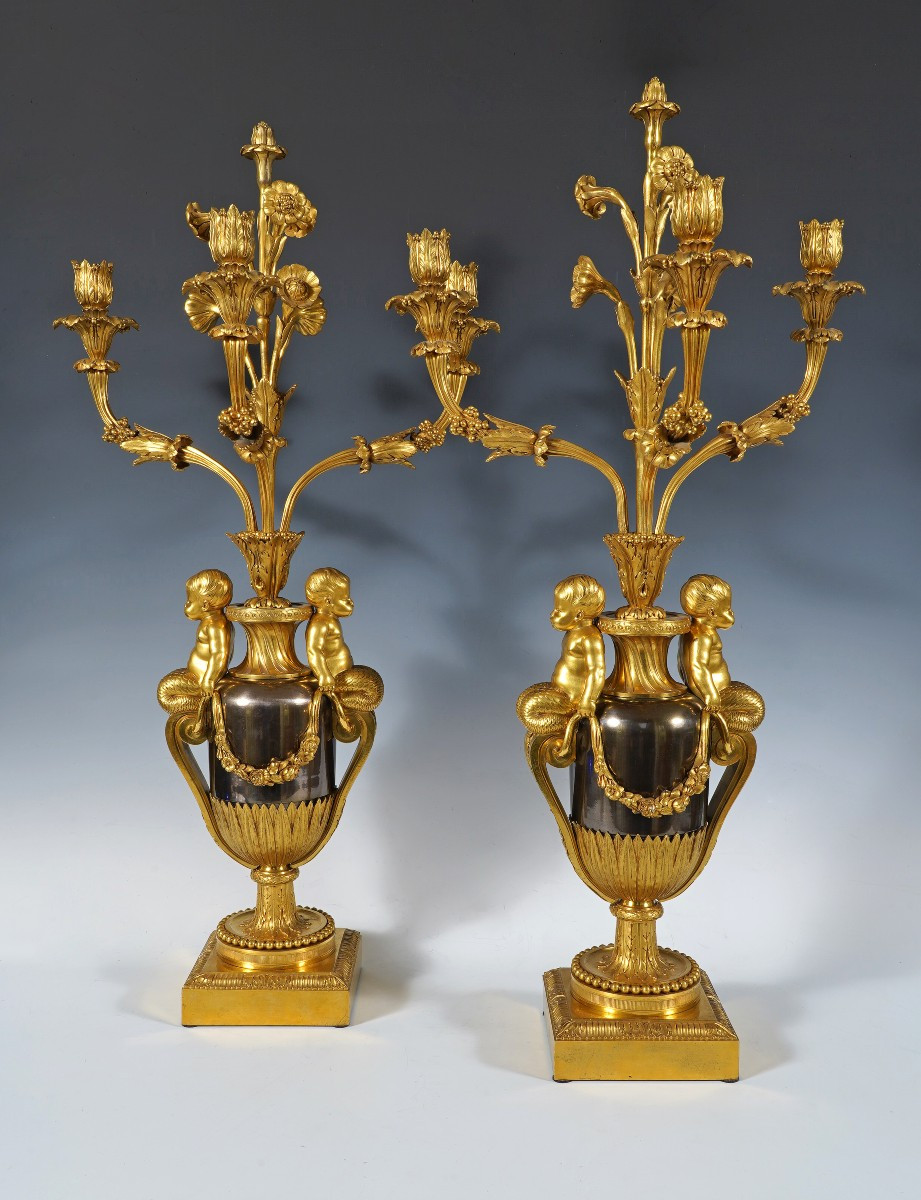

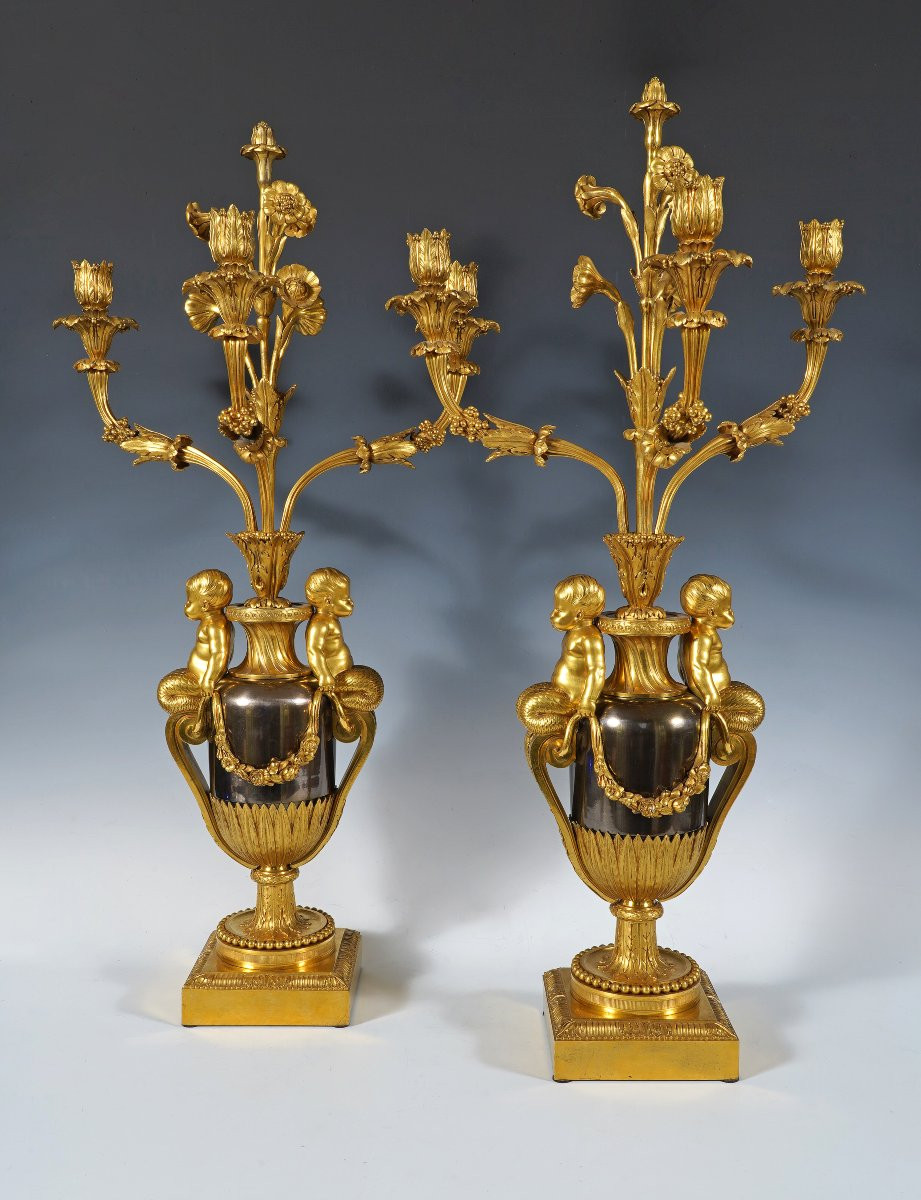
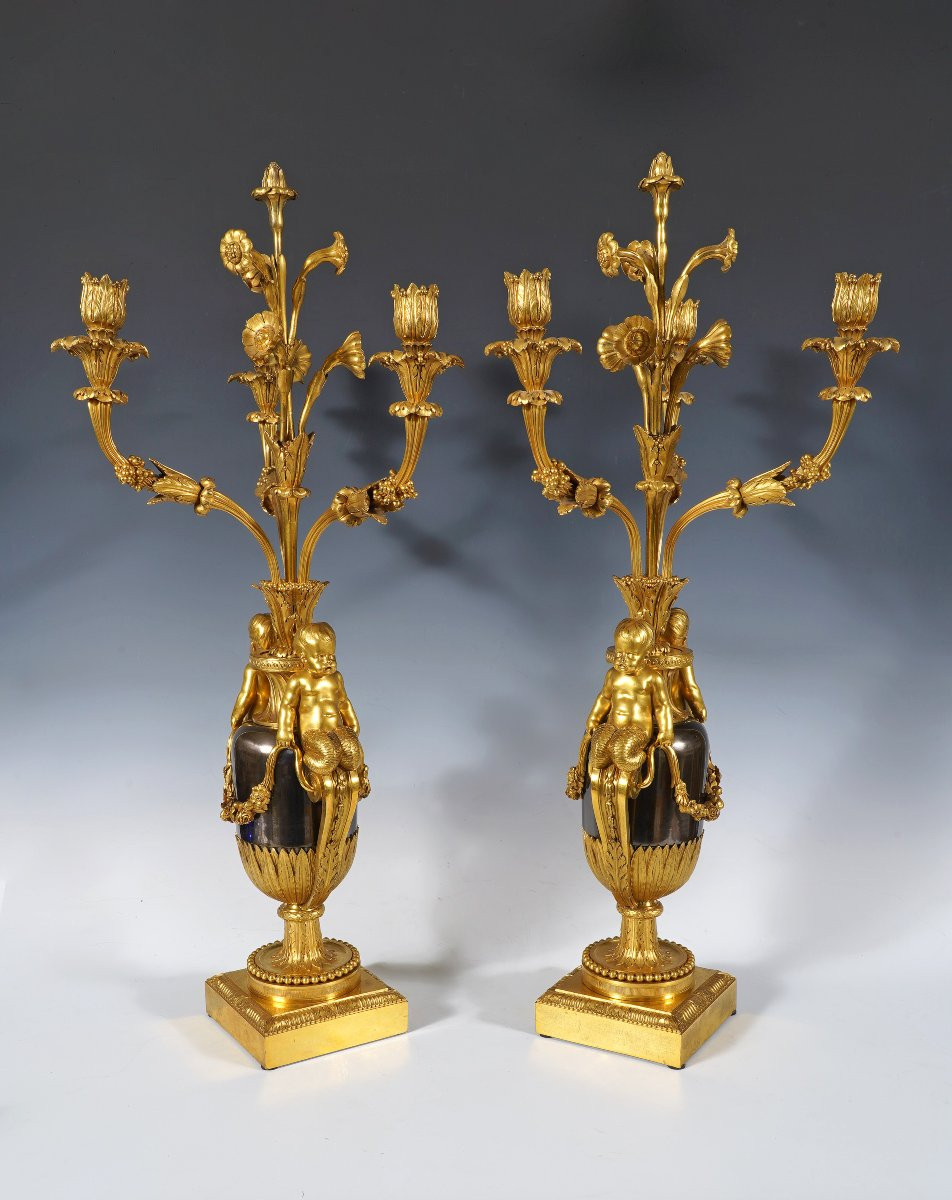
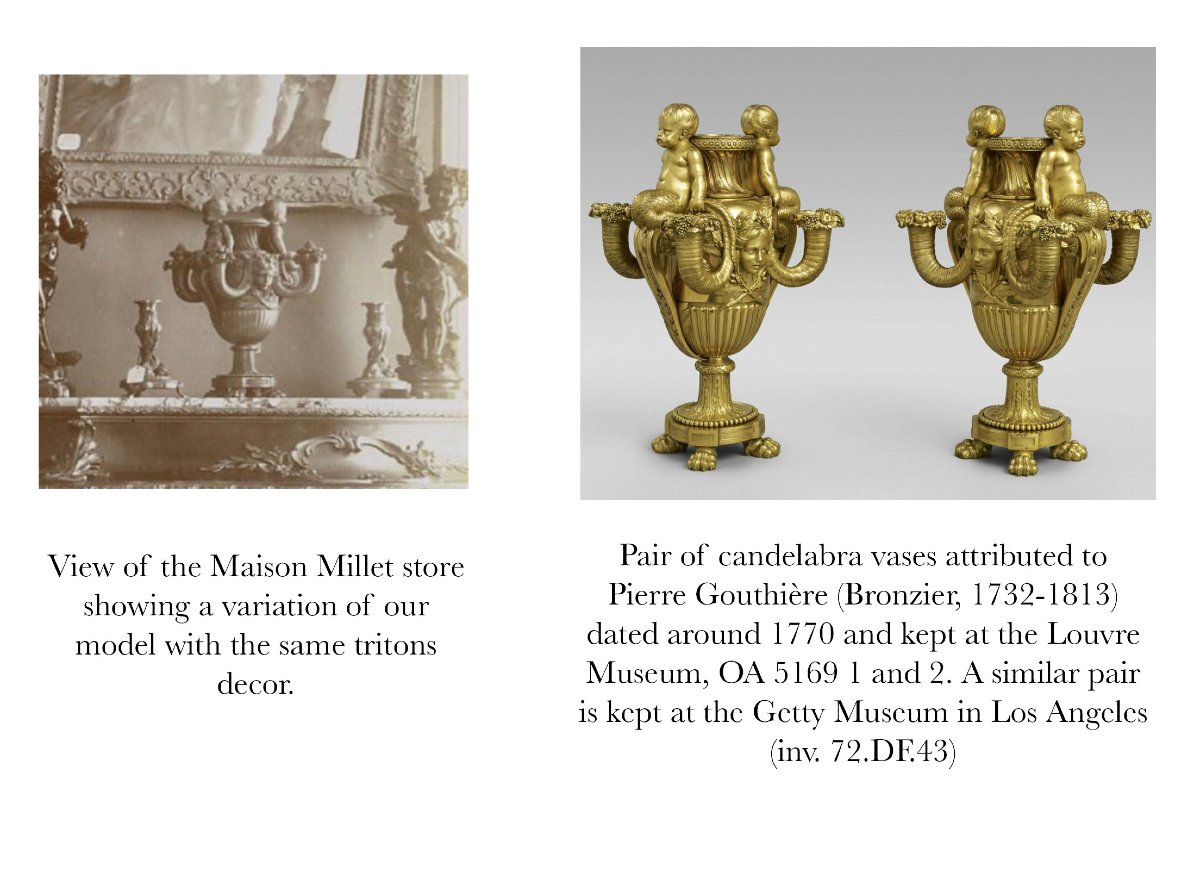

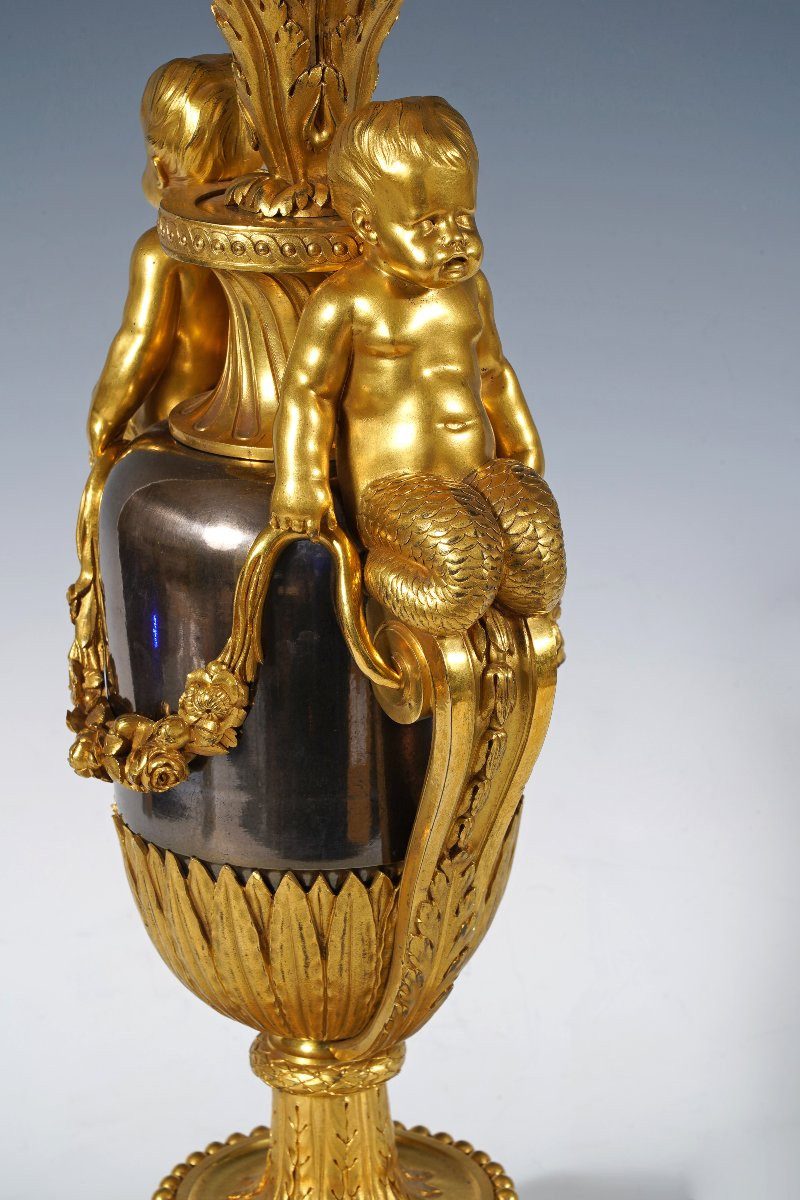
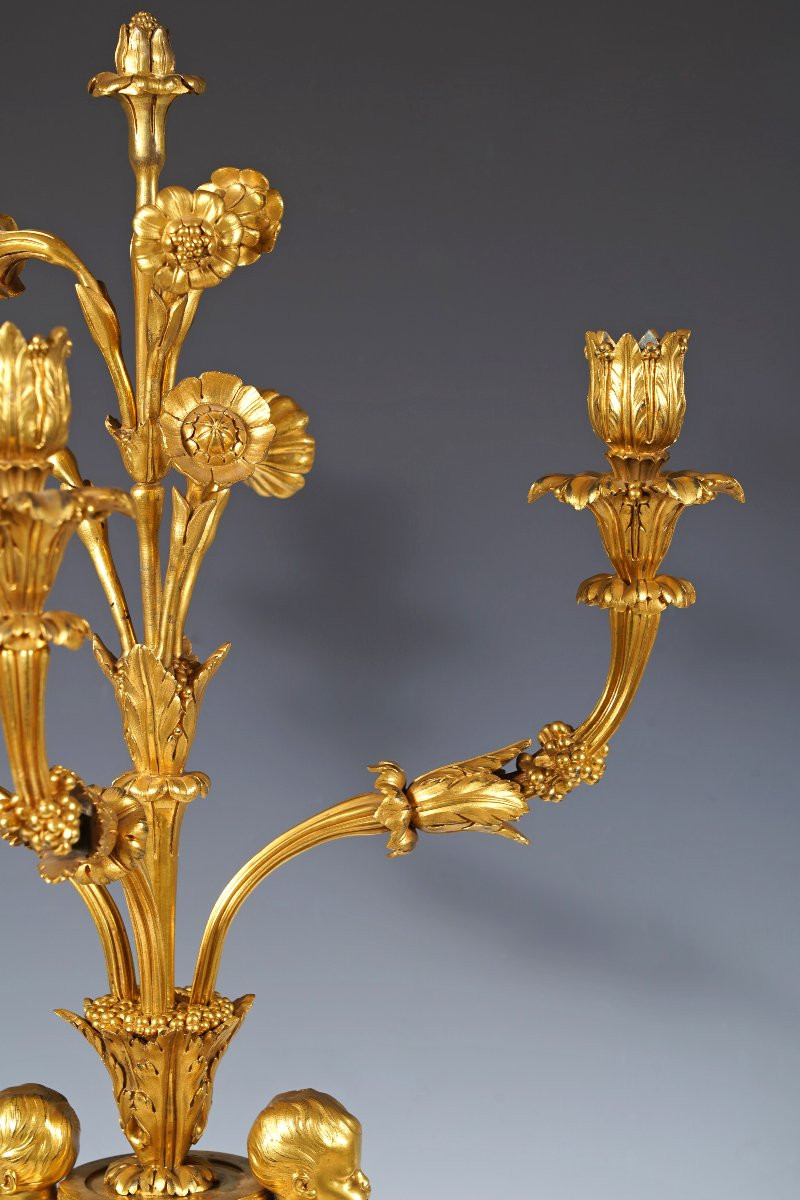
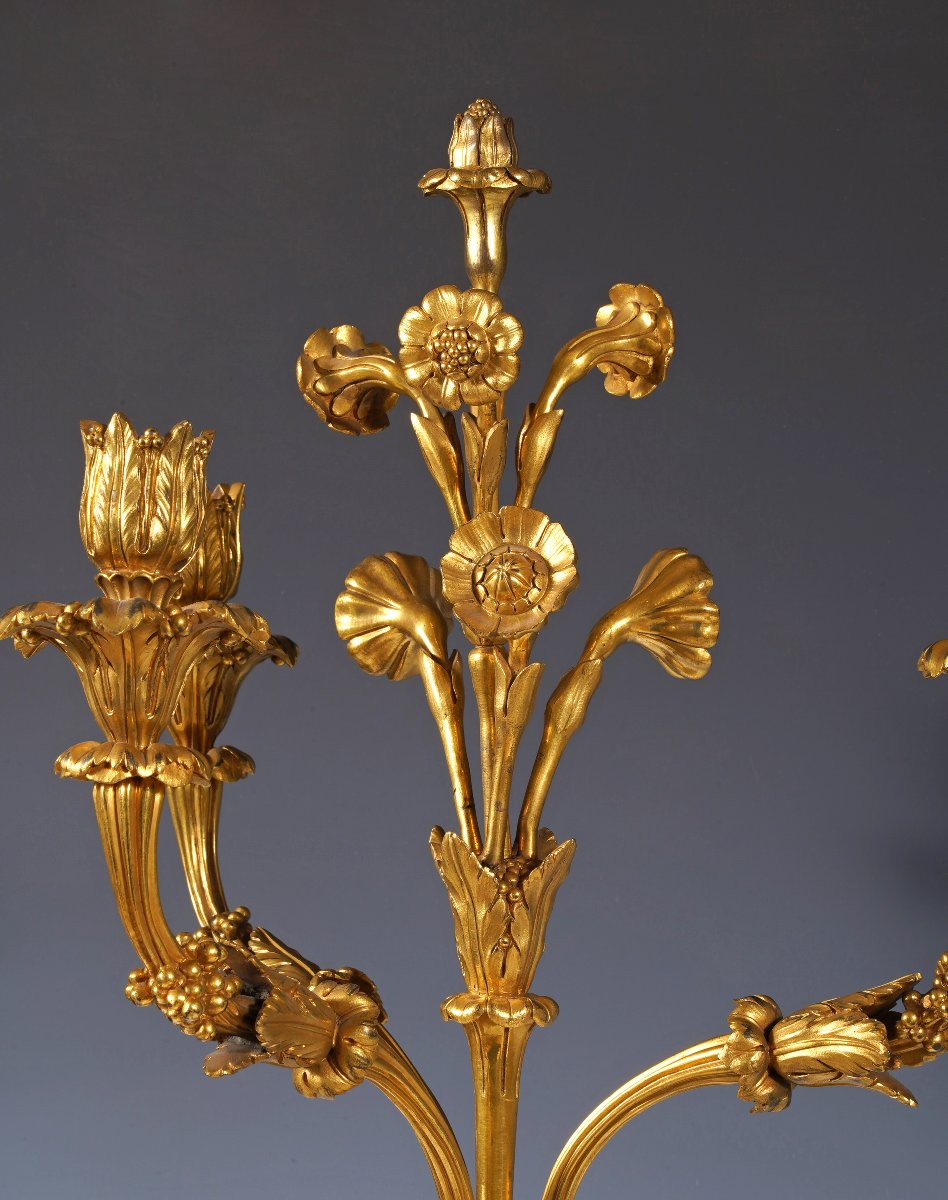










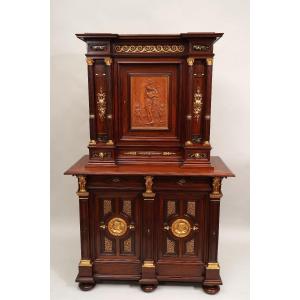
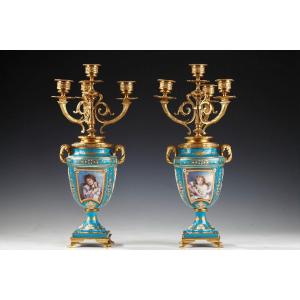
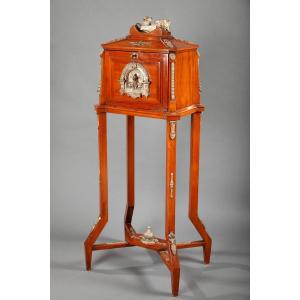



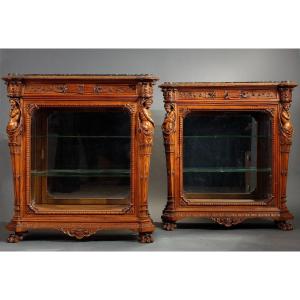


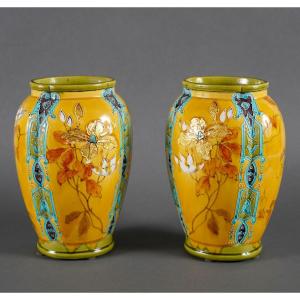




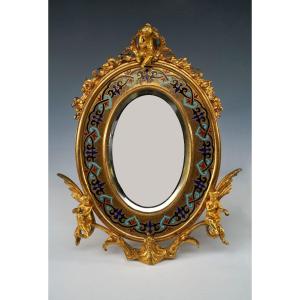








 Le Magazine de PROANTIC
Le Magazine de PROANTIC TRÉSORS Magazine
TRÉSORS Magazine Rivista Artiquariato
Rivista Artiquariato